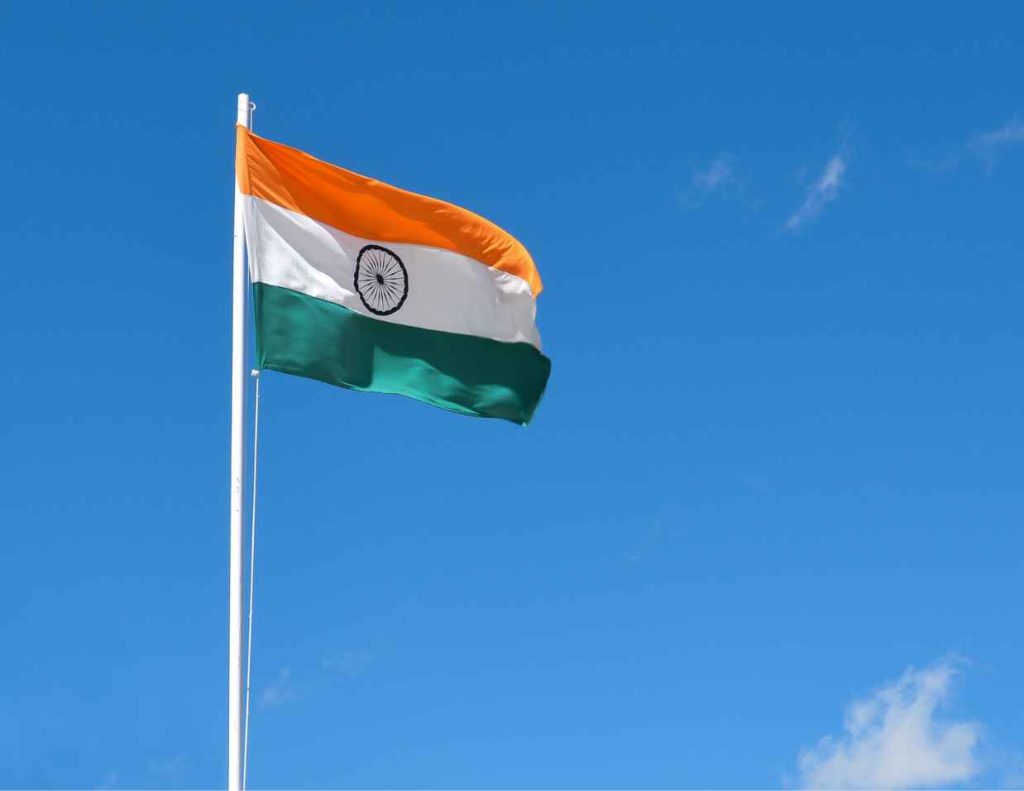Mars Mission Dazzles The World

India’s Mars Orbiter Mission, also known as Mangalyaan, was a historic space mission launched by the Indian Space Research Organisation (ISRO) in November 2013. The primary objective of the Mars Orbiter Mission was to explore the Red Planet, specifically studying its atmosphere, climate, and surface features. The mission was aimed to gather scientific data that could contribute to a better understanding of Mars and its similarities or differences with Earth.
The Mars Orbiter Mission was launched on November 5, 2013, from the Satish Dhawan Space Centre in Sriharikota, India. It was launched using the Polar Satellite Launch Vehicle (PSLV), a reliable and cost-effective launch vehicle developed by ISRO. The spacecraft embarked on a 10-month-long journey to reach Mars.
Mars Orbital Insertion
On September 24, 2014, the spacecraft successfully entered Martian orbit, making India the first to reach Mars on its maiden attempt. The Mars Orbiter Mission used Mars Orbit Insertion (MOI) to reduce its velocity and allow Mars’s gravity to capture it.
The Indian scientists had planned and executed the trajectory of the Mars Orbiter Mission very carefully. It utilized gravity assists, precise engine firings, and orbital maneuvers to propel the spacecraft towards Mars and enable its insertion into the Martian orbit. The successful execution of these maneuvers and the spacecraft’s subsequent scientific observations marked a significant milestone for India’s space program and its exploration of the Red Planet.
After a few orbits around Earth, the spacecraft performed a crucial maneuver called the Trans-Mars Injection (TMI). The TMI maneuver involved firing the spacecraft’s engines to increase its velocity and direct it on a trajectory towards Mars. This maneuver aimed to provide the spacecraft with the necessary escape velocity to break free from Earth’s gravitational pull.
Following the TMI, the spacecraft entered a specific type of trajectory known as a Hohmann transfer orbit. This transfer orbit took advantage of the alignment of Earth and Mars, allowing the spacecraft to follow a path that would intersect with Mars’ orbit.
During the cruise phase, the Mars Orbiter Mission traveled through space along its trajectory towards Mars. They monitored the spacecraft’s systems, and made regular course corrections to ensure its trajectory remained accurate. The cruise phase lasted for several months, during which the spacecraft was primarily in a hibernation mode to conserve power.
On September 24, 2014, after traveling a distance of around 680 million kilometers, the Mars Orbiter Mission reached its destination—Mars. The spacecraft approached Mars and performed a critical maneuver called Mars Orbit Insertion (MOI). This maneuver involved firing the spacecraft’s engines to slow it down and allow Mars’ gravity to capture it into its orbit.
After the successful Mars Orbit Insertion, the spacecraft entered an elliptical capture orbit around Mars. It underwent a series of orbit-raising maneuvers to achieve its desired science orbit. Once in the science orbit, the spacecraft commenced its scientific observations and data collection, studying the Martian atmosphere, climate, and surface features.
India’s Mars Mission Success Stands Out
India became the first Asian nation to reach Mars and the first to do so on its initial attempt. This accomplishment demonstrated India’s technological prowess and the capabilities of its space program. The mission was highly cost-effective, with a budget significantly lower than other Mars missions. It showcased India’s ability to achieve scientific objectives in space exploration while maintaining fiscal efficiency. The Mars Orbiter Mission promoted international collaboration and partnerships, establishing data-sharing agreements between ISRO and other space agencies. It contributed to scientific research and furthered our collective knowledge of Mars.
The Mars Orbiter Mission achieved its objective at a remarkably low cost compared to other Mars missions. Its budget was significantly lower than those of missions conducted by other space agencies, such as NASA’s Mars missions. The ability to achieve successful results within a limited budget showcases India’s cost-effective approach to space exploration.
The Mars Orbiter Mission showcased India’s technological capabilities in interplanetary space exploration. India became the first Asian country to reach Mars. And, India is the only country to achieve this feat on its initial attempt. The mission’s success demonstrated India’s prowess in developing and executing complex space missions.
India’s Mars Mission had a relatively short development and execution timeline compared to other Mars missions. From the mission’s announcement to its launch, it took a little over a year to showcase India’s efficiency in planning, development, and execution of interplanetary missions.
Purely An Indian Undertaking
India’s Mars mission was predominantly an indigenous effort. The spacecraft, instruments, and most technologies used were developed and manufactured in India. This level of self-reliance demonstrates India’s progress in developing advanced space technologies and reducing its dependence on external collaborations.
The Mars Orbiter Mission served as a technology demonstrator for future missions. It showcased India’s ability to navigate and control a spacecraft on an interplanetary trajectory and execute critical operations such as Mars Orbit Insertion (MOI). The mission’s success laid a foundation for more ambitious future space exploration endeavors.
Although the Mars Orbiter Mission was primarily an independent effort, it also fostered international collaboration. The mission engaged in data sharing and collaborative research with other space agencies, contributing to global scientific knowledge about Mars. This spirit of cooperation and sharing benefits the scientific community as a whole.
Inspiring The New Generation
The Mars Orbiter Mission generated significant public interest and enthusiasm in India and worldwide. It inspired a new generation of students and scientists to pursue careers in space and science-related fields. The mission’s success has positively impacted science education and the popularization of space exploration.
The Mars Orbiter Mission, Mangalyaan, marked a significant milestone for India’s space program and demonstrated the country’s ability to undertake interplanetary missions. The mission’s success has bolstered India’s position in the global space community and paved the way for future exploration and scientific endeavors. The mission is a testament to India’s growing space exploration capabilities and contributions to scientific advancements.
